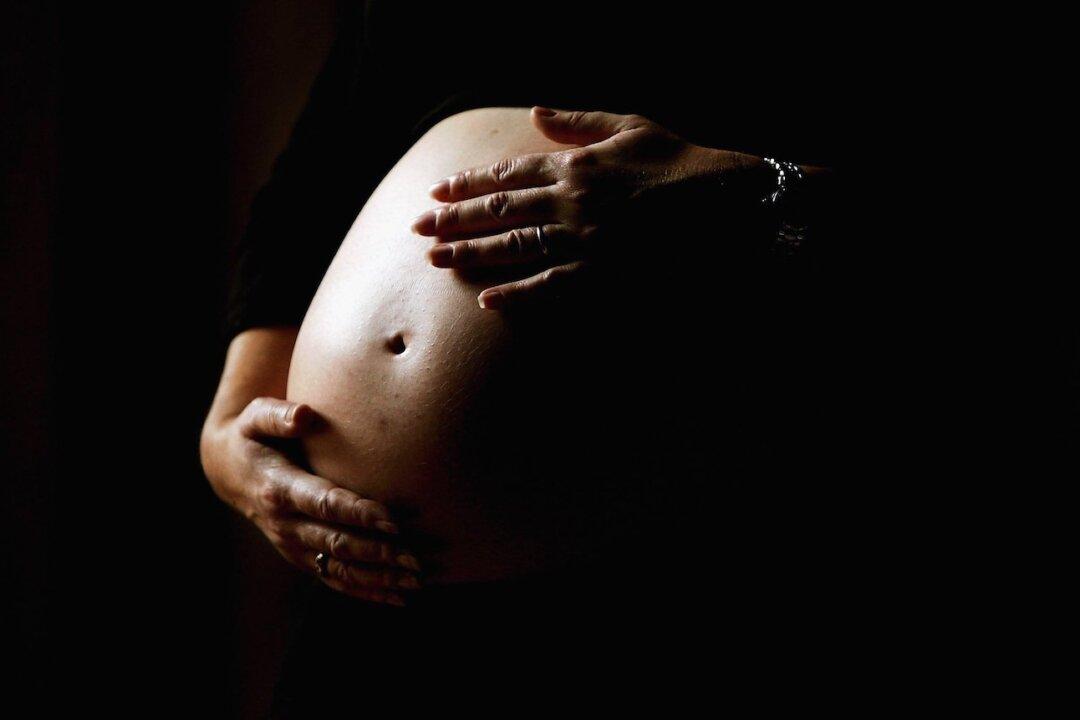American Society for Reproductive Medicine (ASRM) has expanded the definition of infertility from the earlier focus on opposite-sex couples towards a more “inclusive” interpretation including all persons “regardless of marital status, sexual orientation, or gender identity.”
In 2019, ASRM defined infertility generally as the “failure to achieve pregnancy within 12 months of unprotected intercourse or therapeutic donor insemination in women younger than 35 years or within 6 months in women older than 35 years.” There are tests suggested for the infertile female partner that focus on ovarian reserve, ovulatory function, and structural abnormalities, while for the male partner, tests are conducted regarding the individual’s medical history and semen analysis.





